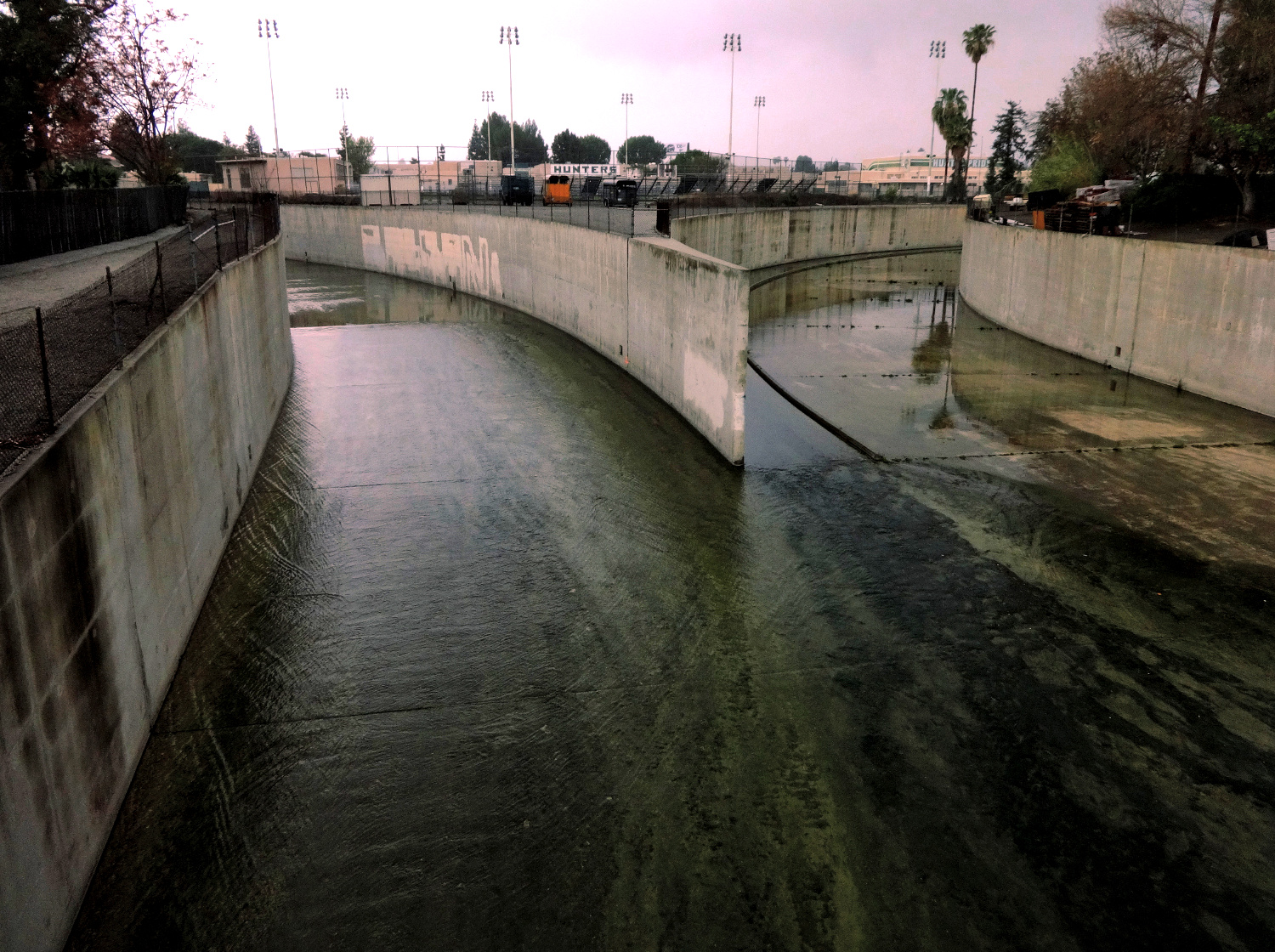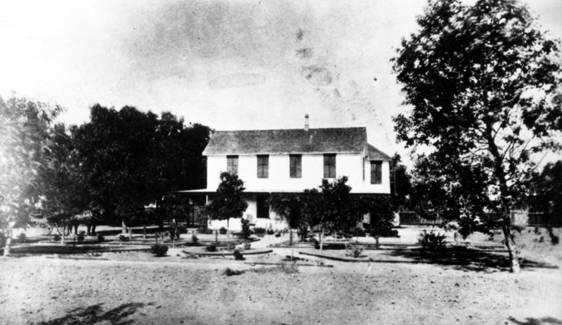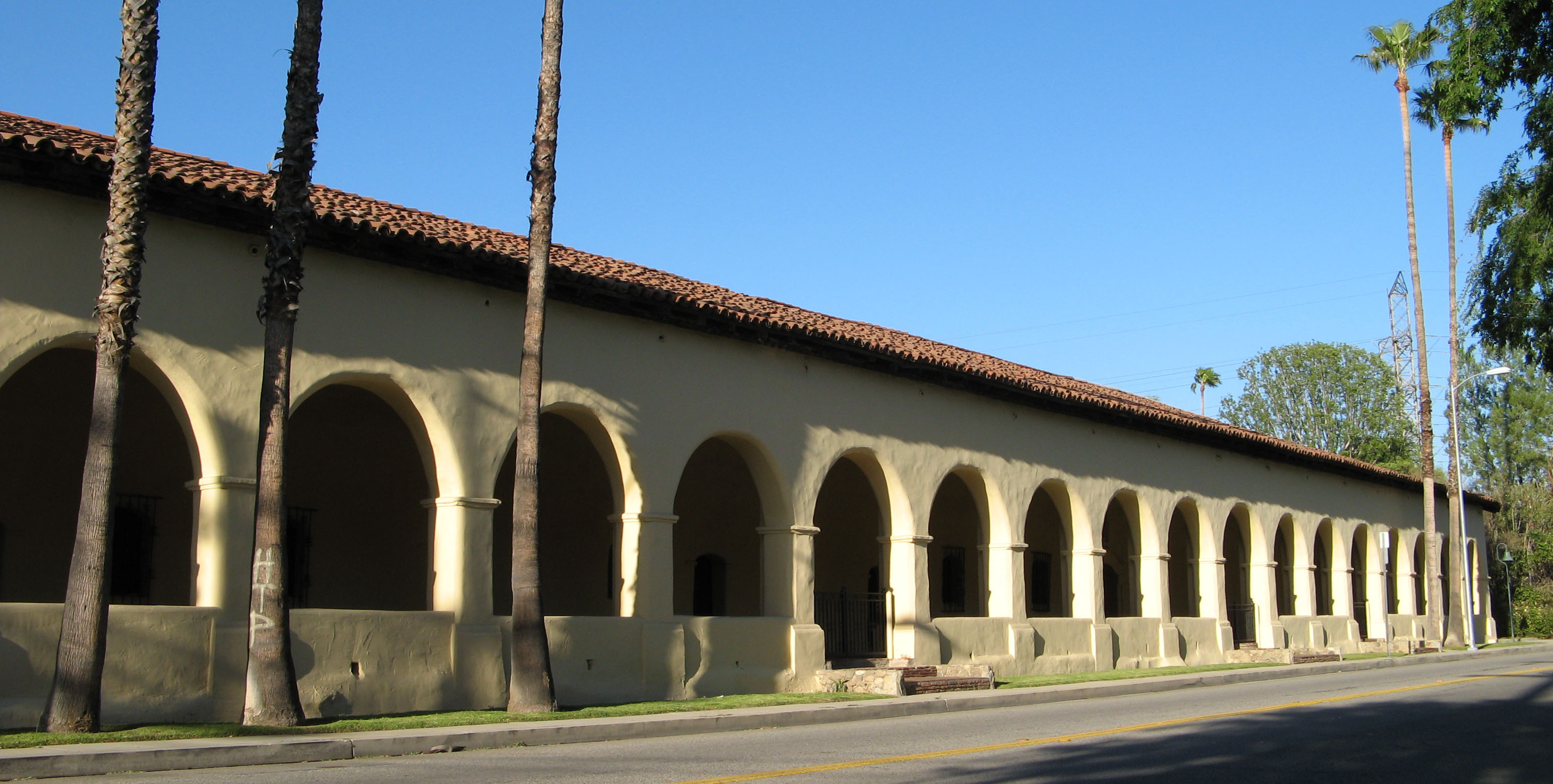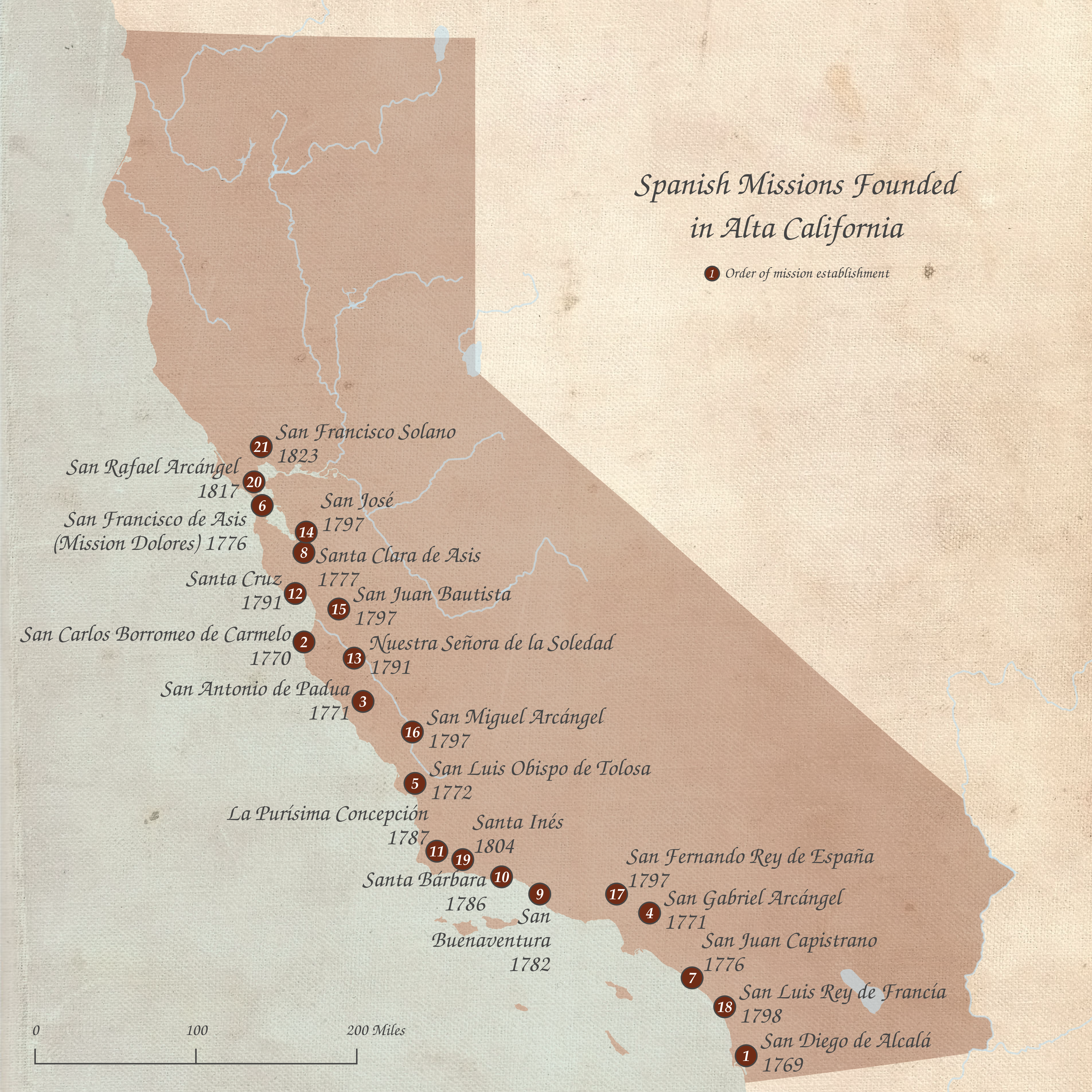|
Woodland Hills, CA
Woodland Hills is a neighborhood bordering the Santa Monica Mountains in the San Fernando Valley region of Los Angeles, California, United States. History The area was inhabited for around 8,000 years by Native Americans of the Fernandeño-Tataviam and Chumash-Venturaño tribes, who lived in the Santa Monica Mountains and Simi Hills and close to the Arroyo Calabasas (Calabasas Creek) tributary of the Los Angeles River in present-day Woodland Hills. The first Europeans to enter the San Fernando Valley were the Portola Expedition in 1769, exploring Alta California for Spanish mission and settlement locations. Seeing it from present-day Sepulveda Pass, the oak savanna inspired them to call the area ''El Valle de Santa Catalina de Bononia de Los Encinos'' (Valley of St. Catherine of Bononia of the Oaks). The Mission San Fernando Rey de España (Mission San Fernando) was established in 1797 and controlled the valley's land, including future Woodland Hills. Ownership of the south ... [...More Info...] [...Related Items...] OR: [Wikipedia] [Google] [Baidu] |
Warner Center, Los Angeles
Warner Center is a Planned community, master-planned neighborhood and business district development in the Canoga Park, Los Angeles, Canoga Park and Woodland Hills, Los Angeles, Woodland Hills neighborhoods of the San Fernando Valley in Los Angeles, California. "Mapping L.A.," ''Los Angeles Times'' Warner Center, which began as a master-planned area, is designated as a Regional Center within the City's Canoga Park-West Hills-Winnetka-Woodland Hills Community Plan. Historically, Warner Center is generally bounded by Vanowen Street to the north, the Ventura Freeway to the south, De Soto Avenue to the east, and Topanga Canyon Boulevard on the west. The Warner Center 2035 Plan (adopted in December 2013) added the area be ... [...More Info...] [...Related Items...] OR: [Wikipedia] [Google] [Baidu] |
Arroyo Calabasas
Arroyo Calabasas (also known as Calabasas Creek) is a U.S. Geological Survey. National Hydrography Dataset high-resolution flowline dataThe National Map, accessed March 16, 2011 tributary of the Los Angeles River, in the southwestern San Fernando Valley area of Los Angeles County in California. Route The stream begins with the merging of: Dry Canyon Creek from a Santa Monica Mountains watershed and McCoy Canyon Creek from a Simi Hills ( Hidden Hills and Upper Las Virgenes Canyon Open Space Preserve) watershed, near the Leonis Adobe in the town of Calabasas. Arroyo Calabasas flows northeast through Woodland Hills and Canoga Park. In Canoga Park it joins Bell Creek, directly east of Canoga Park High School beside Vanowen Avenue. The confluence marks the ''"headwaters"'' of the Los Angeles River, . The flow of Arroyo Calabasas is entirely encased in a concrete flood control channel. Crossings From mouth to source (year built in parentheses): *Vanowen Street (1964) * ... [...More Info...] [...Related Items...] OR: [Wikipedia] [Google] [Baidu] |
Isaac Newton Van Nuys
Isaac Newton Van Nuys (; November 20, 1836 – February 12, 1912) was an American businessman, farmer and rancher who owned the entire southern portion of the San Fernando Valley, an area 15 miles long and 6 miles wide. With the approach of the Owens River aqueduct and the possibility of intensive small farming, Los Angeles speculators, including Harry Chandler of the ''Los Angeles Times'', combined to buy out Van Nuys in 1909 and develop the San Fernando Valley. A development syndicate bought him out in 1911 and founded the town of Van Nuys in 1911. Its namesake was made the community's honorary godfather and died a year later. His legacy includes the town, schools, streets, libraries, and a Liberty Ship named in his honor. Early life Isaac Van Nuys was born in West Sparta, New York, the son of Peter Van Nuys and Harriet Kerr. His father was born in Millstone, New Jersey, on February 7, 1808, moved to West Sparta in 1822, became a farmer, and eventually owned . He also s ... [...More Info...] [...Related Items...] OR: [Wikipedia] [Google] [Baidu] |
James Boon Lankershim
James Boon Lankershim (March 24, 1850 – October 16, 1931) was an American heir, landowner and real estate developer. Early life James Boon Lankershim was born on March 24, 1850, in Charleston, Missouri. His father was Isaac Lankershim, a German-born Californian landowner who owned 60,000 acres in the San Fernando Valley, and his mother was Annis Lydia Moore, an English-born Californian.Cecilia RasmussenA possible romance led to lawsuit, death ''The Los Angeles Times'', December 02, 2007Joann DeutchThe Tale Of Notable Dead Lankershim, ''Canyon News'', April 25, 2009 Career Lankershim joined his father's company, the San Fernando Farm Homestead Association, together with his brother in law, Isaac Newton Van Nuys (1836–1912), focusing on real estate while Van Nuys focused on wheat. He built the Hotel Lankershim (completed 1905) on the corner of Broadway and 7th Avenue in Downtown Los Angeles, now demolished and used as space for a parking lot. He also built the San Fer ... [...More Info...] [...Related Items...] OR: [Wikipedia] [Google] [Baidu] |
Isaac Lankershim
Isaac Lankershim (c. 1819 – April 10, 1882) was an American landowner and pioneer in California. He was the owner of 60,000 acres in Los Angeles County, California. Early life Sources from during his life vary on Lankershim's birth year and place. He was born into a Jewish family in the Kingdom of Bavaria, in either the towns of Scheinfeld, Nuremberg, or Albertkunstadt, and on April 8, between 1818 and 1820. Career Lankershim settled in St. Louis, Missouri and worked in the grain and livestock shipping business. In 1854, Lankershim moved west to the Napa Valley in California. A year later, in 1855, he sowed and harvested 1,000 acres of wheat in Solano County, California. Shortly after, he expanded to over 14,000 acres near Fresno, California. In 1868, he purchased a bigger ranch in San Diego, California and grew wheat. In 1860, the rest of his family moved from St. Louis to California, and he established an office in San Francisco, California. In the late 1860s, Lankershi ... [...More Info...] [...Related Items...] OR: [Wikipedia] [Google] [Baidu] |
Toluca Lake, Los Angeles, California
Toluca Lake is a neighborhood in the city of Los Angeles, California, located in the San Fernando Valley northwest of downtown. The name is also given to a private natural lake fed by wells and maintained by neighboring property owners. Prior to the paving of the Los Angeles River in 1938 and L.A. well extraction in the late 19th and 20th century which lowered the water table, Toluca Lake was fed by artesian springs. The history of Toluca Lake can be traced to the days of the Tongva Indians, followed by Spanish colonization and Mexican independence. Toluca Lake was part of the early rancho system. The original Toluca Lake was divided, with the neighborhood being known as Forman Toluca Ranch. In 1923, investors bought and developed the land as "Toluca Lake Park". The neighborhood has had notable residents. Comedian Bob Hope was a longtime resident of Toluca Lake, as were Audie Murphy and Jonathan Winters. Legendary film composer Erich Wolfgang Korngold lived there from 1 ... [...More Info...] [...Related Items...] OR: [Wikipedia] [Google] [Baidu] |
Mission San Fernando Rey De España
Mission San Fernando Rey de España is a Spanish missions in California, Spanish mission in the Mission Hills, Los Angeles, Mission Hills community of Los Angeles, California. The mission was founded on September 8, 1797 at the site of Achooykomenga, and was the seventeenth of the twenty-one Spanish missions established in Alta California. Named for Ferdinand III of Castile, Saint Ferdinand, the mission is the namesake of the nearby city of San Fernando, California, San Fernando and the San Fernando Valley. The mission was Secularization, secularized in 1834 and returned to the Catholic Church in 1861; it became a working church in 1920. Today the mission grounds function as a museum; the church is a chapel of ease of the Roman Catholic Archdiocese of Los Angeles, Archdiocese of Los Angeles. History In 1769, the Spanish Portolá expedition, Portolà expedition – the first Europeans to see inland areas of California – traveled north through the San Fernando Valley. On Augu ... [...More Info...] [...Related Items...] OR: [Wikipedia] [Google] [Baidu] |
California Oak Woodland
California oak woodland is a plant community found throughout the California chaparral and woodlands ecoregion of California in the United States and northwestern Baja California in Mexico. Oak woodland is widespread at lower elevations in coastal California; in interior valleys of the Coast Ranges, Transverse Ranges and Peninsular Ranges; and in a ring around the California Central Valley grasslands. The dominant trees are oaks, interspersed with other broadleaf and coniferous trees, with an understory of grasses, herbs, geophytes, and California native plants. Oak savannas occur where the oaks are more widely spaced due a combination of lack of available moisture, and low-intensity frequent fires. The oak woodlands of Southern California and coastal Northern California are dominated by coast live oak ('' Quercus agrifolia''), but also include valley oak ( ''Q. lobata''), California black oak ( ''Q. kelloggii''), canyon live oak ( ''Q. chrysolepis''), and other Califor ... [...More Info...] [...Related Items...] OR: [Wikipedia] [Google] [Baidu] |
Sepulveda Pass
Sepulveda Pass (elevation ) is a low mountain pass through the Santa Monica Mountains in Los Angeles. It is named after the Sepúlveda family of California, a prominent Californio family that owned the land where the pass lies. It connects the Los Angeles Basin to the San Fernando Valley via the San Diego Freeway ( I-405) and Sepulveda Boulevard. The crossing experiences heavy traffic (over 330,000 cars a day) on a regular basis, commonly experiencing major traffic slowdowns lasting hours. I-405 was widened by LA Metro, the county's transportation authority. The project took three years to complete and concluded in December 2016."Drivers on the 405 Ask: Was $1.6 Billion Worth It?" '' |
Spanish Missions In California
The Spanish missions in California () formed a List of Spanish missions in California, series of 21 religious outposts or missions established between 1769 and 1833 in what is now the U.S. state of California. The missions were established by Catholic priests of the Franciscan order to evangelism, evangelize Indigenous peoples of California, indigenous peoples backed by the military force of the Spanish Empire. The missions were part of the expansion and settlement of New Spain through the formation of Alta California, expanding the empire into the most northern and western parts of Spanish North America. Civilian settlers and soldiers accompanied missionaries and formed settlements like the Pueblo de Los Ángeles. Indigenous peoples of California, Indigenous peoples were forced into settlements called reductions, disrupting their traditional way of life and negatively affecting as many as one thousand villages. European diseases spread in the close quarters of the missions, ca ... [...More Info...] [...Related Items...] OR: [Wikipedia] [Google] [Baidu] |
Alta California
Alta California (, ), also known as Nueva California () among other names, was a province of New Spain formally established in 1804. Along with the Baja California peninsula, it had previously comprised the province of , but was made a separate province in 1804 (named ). Following the Mexican War of Independence, it became a territory of First Mexican Empire, Mexico in April 1822 and was renamed in 1824. The territory included all of the present-day U.S. states of California, Nevada, and Utah, and parts of Arizona, Wyoming, and Colorado. The territory was with Baja California Territory, Baja California (as a single ) in Mexico's 1836 ''Siete Leyes'' (Seven Laws) constitutional reform, granting it more autonomy. That change was undone in 1846, but rendered moot by the outcome of the Mexican–American War in 1848, when most of the areas formerly comprising Alta California Mexican Cession, were ceded to the U.S. in Treaty of Guadalupe Hidalgo, the treaty which ended the war. In ... [...More Info...] [...Related Items...] OR: [Wikipedia] [Google] [Baidu] |
Portola Expedition
Portola may refer to: * Portola (album), ''Portola'' (album), a 1998 album by Rose Melberg * Portola, California * Portola, San Francisco, California * Portola Music Festival People with the surname * Gaspar de Portolá (ca. 1717-aft.1784), Spanish soldier, first governor of the Californias (Baja and Alta), explorer and founder of San Diego and Monterey See also * Portola Hills, California * Portola Valley, California *Portola Pharmaceuticals {{disambiguation, geo, surname ... [...More Info...] [...Related Items...] OR: [Wikipedia] [Google] [Baidu] |







